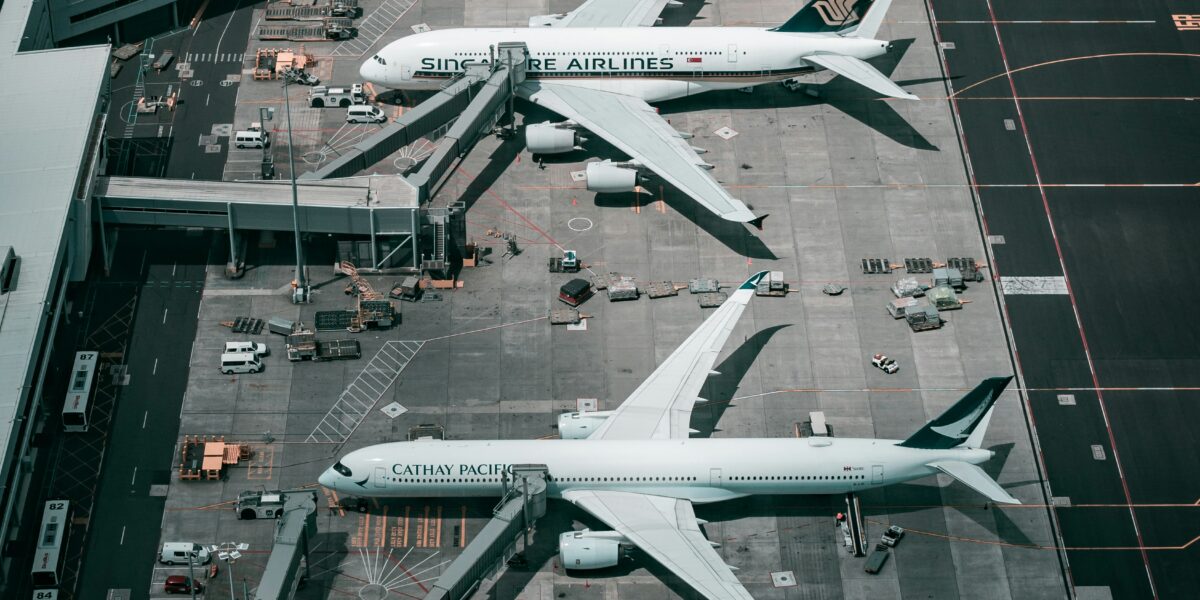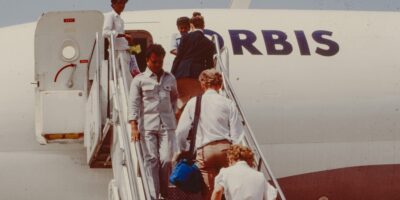Republic Airport
Republic Airport
Republic Airport, a general aviation reliever airport in East Farmingdale, New York, plays a significant role in the aviation landscape of Long Island. Established in 1927, it has a rich history and continues to serve general aviation needs while being a key part of the local community.
Historical Background
Republic Airport was originally developed by Sherman Fairchild, of the Fairchild Aviation Corporation. It was intended to support the burgeoning aircraft manufacturing industry that was so prominent during the early 20th century. The Fairchild Aviation Corporation was a major manufacturer back then.
The airport’s history includes usage during World War II for military purposes. After the war, the airport continued to be a base for private and business aviation, having transitioned away from its military roles. Through various ownership changes and developments, the airport has evolved significantly over the decades.
Ownership and Management
In 1966, the Metropolitan Transportation Authority (MTA) acquired Republic Airport. It was subsequently managed by the New York State Department of Transportation (NYSDOT) in 1983. The NYSDOT still oversees the airport’s operations, ensuring it meets aviation safety and security standards.
Infrastructure and Facilities
Republic Airport covers about 526 acres of land. It has two asphalt runways; the longest runway measures 6,833 feet, and the shorter one is 5,516 feet long. These runways accommodate a variety of aircraft, from small single-engine planes to larger corporate jets.
The airport also hosts multiple hangars, ramp space, and aviation services. Fixed-base operators (FBOs) provide services such as fueling, maintenance, and hangar rental. The FBOs also offer lounges and meeting rooms for pilots and passengers.
Economic Impact
Republic Airport is a vital component of the local and regional economy. It supports numerous businesses, ranging from flight schools to aircraft charters. The presence of these businesses contributes significantly to job creation and economic activity in the area.
The airport also acts as a hub for business travel, enabling local companies to access distant markets efficiently. This access is crucial for economic growth and competitiveness, providing businesses with a valuable transportation option.
Flight Operations
Republic Airport handles a high volume of flight operations annually. These operations include private flights, corporate aviation, flight training, air ambulance services, and aircraft maintenance flights. The diversity of operations ensures the airport remains a busy and dynamic hub.
The airport operates 24/7, although the busiest times are typically during daylight hours. Noise abatement procedures are in place to minimize the impact of aircraft noise on the surrounding communities, showcasing the airport’s commitment to being a good neighbor.
Community Engagement
Republic Airport maintains an active role in the community. It hosts various public events, such as airshows and open houses, allowing the public to engage with and learn more about aviation. Such events often include aircraft displays, flight demonstrations, and educational programs.
Additionally, the airport partners with local schools and organizations to offer tours and educational opportunities. These initiatives aim to inspire the next generation of aviators and aviation enthusiasts.
Sustainability Efforts
Republic Airport is involved in various sustainability initiatives. Efforts include reducing greenhouse gas emissions, implementing energy-efficient practices, and promoting the use of sustainable aviation fuels. The airport aims to balance its operational needs with environmental stewardship.
The airport’s sustainability plan includes measures to manage stormwater, reduce waste, and conserve natural habitats. Ongoing projects focus on improving environmental performance and minimizing the airport’s ecological footprint.
Future Developments
There are plans for future developments at Republic Airport aimed at enhancing its infrastructure and services. These plans include runway upgrades, expanded hangar space, and improved passenger facilities. Such developments will ensure the airport continues to meet the evolving needs of aviators and the community.
The airport’s management is also exploring the integration of advanced technologies. This includes advancements in avionics, air traffic management, and airport security. By staying at the forefront of technological innovation, Republic Airport aims to enhance safety, efficiency, and convenience for its users.



